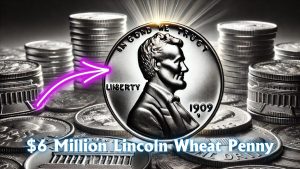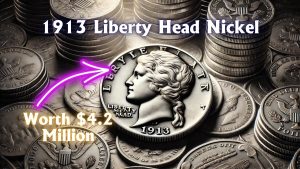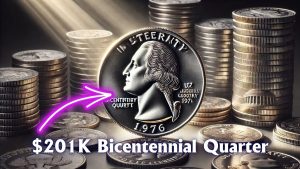Money
The Lincoln Wheat Penny Valued at $54 Million, Yet Still in Circulation
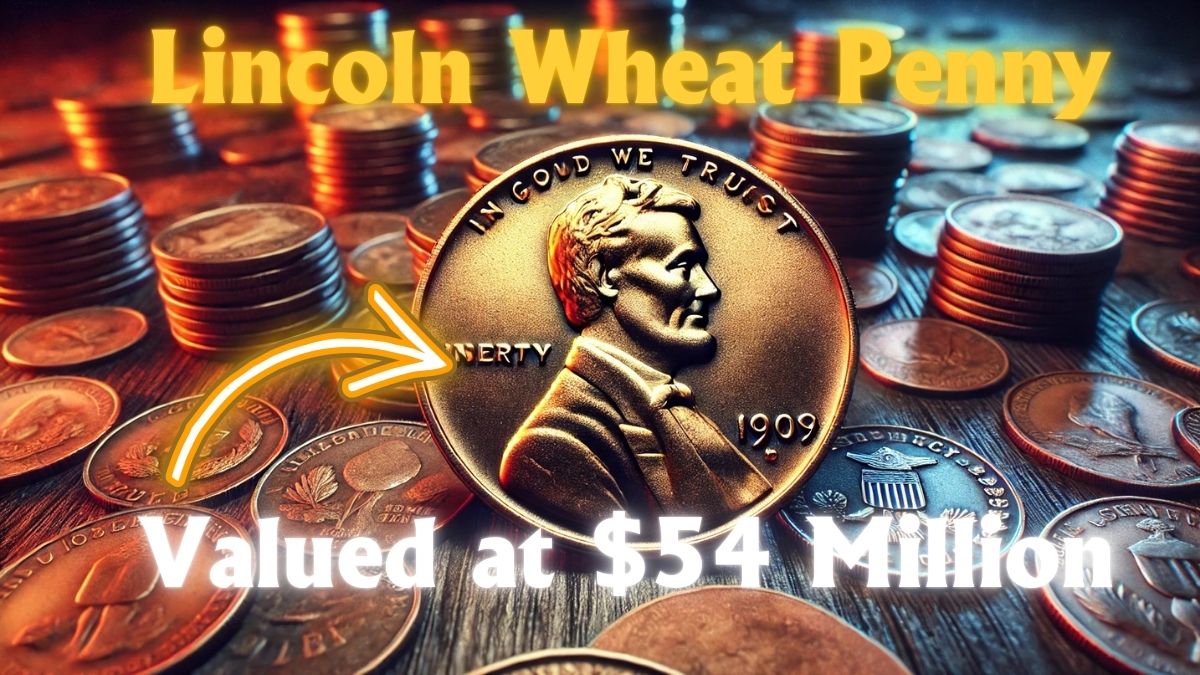
The Lincoln Wheat Penny, minted from 1909 to 1958, remains a cherished piece among numismatists and casual collectors alike.
While most of these coins hold modest value, certain rare variants have fetched staggering sums at auctions, with some reaching up to $840,000.
Intriguingly, many of these valuable pennies might still be hiding in plain sight, nestled within everyday pocket change.
A Glimpse into History: The Lincoln Wheat Penny
Introduced in 1909 to commemorate Abraham Lincoln’s 100th birthday, the Lincoln Wheat Penny was the first U.S. coin to feature a president’s likeness.
Designed by Victor David Brenner, the obverse showcases Lincoln’s profile, while the reverse displays two wheat stalks encasing the denomination and country name. This design remained until 1958, after which the reverse was updated to depict the Lincoln Memorial.
The Allure of Rarity: Factors Elevating Value
Several factors can significantly enhance the value of a Lincoln Wheat Penny:
- Minting Errors: Coins with anomalies like doubled dies, off-center strikes, or incorrect planchet compositions are highly sought after.
- Low Mintage Numbers: Pennies produced in limited quantities are inherently rarer and thus more valuable.
- Historical Significance: Coins from notable years or with unique backstories often command higher prices.
Noteworthy Lincoln Wheat Pennies and Their Values
While no Lincoln Wheat Penny has been valued at $54 million, several have achieved impressive sums:
| Year | Mint Mark | Error/Variety | Estimated Value |
|---|---|---|---|
| 1943 | D | Bronze Planchet | Up to $840,000 |
| 1943 | S | Bronze Planchet | Approximately $504,000 |
| 1944 | S | Steel Planchet | Around $373,750 |
| 1943 | None | Bronze Planchet | Approximately $372,000 |
| 1943 | None | Bronze Planchet | About $348,000 |
Note: Values are approximate and can vary based on coin condition and market demand.
Spotting a Treasure: What to Look For
To determine if your Lincoln Wheat Penny is a hidden gem:
- Date and Mint Mark: Examine the year and mint mark (located below the date). Key years include 1909, 1914, 1922, 1931, 1943, and 1955.
- Errors and Varieties: Look for anomalies such as doubled die obverses (e.g., 1955 and 1972), missing mint marks, or unusual compositions like the 1943 bronze penny.
- Condition: Coins in pristine condition (uncirculated or with minimal wear) are more valuable.
Preserving and Appraising Your Find
If you believe you’ve discovered a valuable penny:
- Handle with Care: Hold the coin by its edges to avoid fingerprints.
- Avoid Cleaning: Cleaning can reduce a coin’s value; leave it in its found state.
- Seek Professional Appraisal: Consult a reputable coin dealer or grading service to authenticate and grade your coin.
The allure of the Lincoln Wheat Penny lies not just in its historical significance but also in the thrill of discovering a rare variant that could be worth a fortune.
While tales of a $54 million penny are unfounded, numerous examples have fetched hundreds of thousands at auctions. So, next time you sift through your change, take a closer look—you might just uncover a piece of numismatic history.
FAQs
Why are some Lincoln Wheat Pennies so valuable?
Their value often stems from rare minting errors, low production numbers, or unique historical contexts that make them sought after by collectors.
How can I tell if my 1943 penny is valuable?
In 1943, most pennies were minted on steel planchets due to copper shortages. However, a few were mistakenly struck on bronze planchets. If your 1943 penny is not magnetic, it might be one of these rare bronze variants.
What is a doubled die error?
A doubled die error occurs during the minting process when the coin’s design is stamped twice, slightly offset, resulting in a noticeable doubling effect on elements like dates or lettering.
-

 Government Aid3 months ago
Government Aid3 months agoFebruary SSDI Payments: Only This Group Will Receive the First Checks of Next Month
-
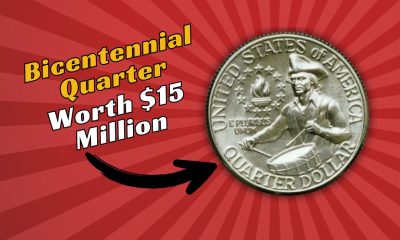
 Finance2 months ago
Finance2 months agoRare Bicentennial Quarter Worth $15 Million
-

 Government Aid2 months ago
Government Aid2 months agoSocial Security Announces 2025 Check Increase, But a 23% Reduction is Expected Soon
-
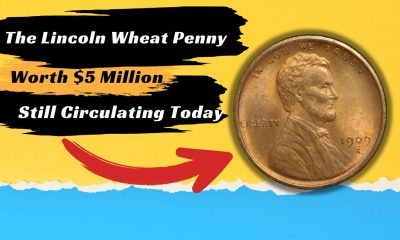
 Finance3 months ago
Finance3 months agoThe Lincoln Wheat Penny Worth $5 Million- Still Circulating Today
-
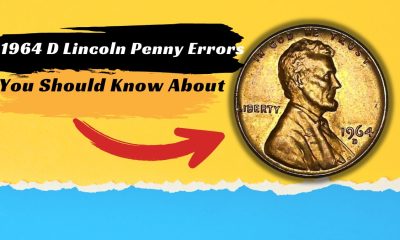
 Finance3 months ago
Finance3 months agoRare Coins: The 1964 D Lincoln Penny Errors You Should Know About
-

 Government Aid2 months ago
Government Aid2 months agoIRS to Distribute Stimulus Checks to Millions- Find Out How to Claim Yours
-
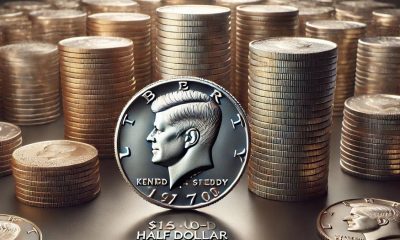
 Finance3 months ago
Finance3 months ago1970-D Kennedy Half Dollar- A Rare Coin Worth Over $150,000 Still in Circulation!
-

 Government Aid3 months ago
Government Aid3 months agoThe Complete February SSDI Payment Schedule: Discover When You’ll Receive Your Disability Benefits

